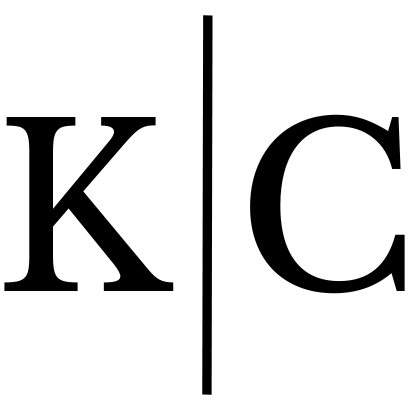Boost your team’s engagement with this leadership tactic: behavior labeling
One of the most important traits of a leader is reliability and consistency. People need to know what to expect from you. If you are unpredictable or unreliable, it creates toxicity. Yet great leadership is about building a tool kit of techniques and tactics and applying the right tactic at the right time in the right way. There is a clear dichotomy between using different approaches and being predictable to your team. Behavior labeling is a simple way to ease the tension between these two concepts and increase the engagement levels on your team.
When I was a product manager at LinkedIn, Jeff Weiner was the CEO and even though he wasn’t the founder he certainly acted like one and Reid Hoffman treated him like one. Jeff had strong opinions and was articulate and compelling. So when he said something in a meeting, sometimes entire plans and roadmaps got reprioritized after. When he found out this was happening, he reflected, wrote a blog post, and addressed the whole company about it. He said most of the time he’s just another opinion in the room. He loves products and will share his ideas, but team leads should treat them exactly as they would anybody else’s. The team lead makes the call. The second level was a nudge where he believed he had a sense for the right direction, but it was still somebody else’s decision and he meant that and he wanted them to lead and learn. The third level was executive mandate where he could declare it and people should do it. He would use that sparingly, and only when he had outsize context, prior experience, or there was serious risk or reward involved that warranted that behavior. He also promised to make it clear in every meeting which mode he was in. If he didn’t clarify, it was your job to ask him and get it clarified. He told the company that’s the way he would operate from that point on. It had a huge positive impact because he could use different approaches and people knew what to expect in a specific situation.
Similarly, Scott Belsky (Chief Strategy Officer, EVP of Design and Emerging Products at Adobe) recently talked at the Cornell Product and Tech Leadership Program I helped run. He discussed how he handles design reviews and in most situations, he gives teams the leeway and the autonomy to make their own calls. But some projects cut across products, or have a level of risk or criticality where they have to nail it. In those situations, Scott will tell the team that he is holding himself personally accountable for that product execution and he will be involved, and in the details, and at times driving the decisions and the direction. Sounds a lot like founder mode, right? Yes, but not everywhere all the time just because. It’s applied surgically where it’s appropriate and it’s telegraphed so people know when he’s in that mode and when he’s not.
One final example is Sarah Liebel. Sarah is an entrepreneurial operator and has helped scale 2 companies from early growth stage through IPO. She shared with me that she has 3 modes: curiosity mode, conviction mode, and commander’s intent. She shares which mode she is in with her teams so they know what to expect. In curiosity mode she is going to ask a ton of questions, but it’s not challenging - it’s clarifying so she can understand the context and the situation. Then she will go into conviction mode and if necessary will leverage commander’s intent to push something forward.
Labeling your behaviors can help both you and your team. For your own psychology, you don’t have to be in conviction mode all the time. It’s appropriate to be in curiosity mode but you may need to timebox that and say in 2 weeks I will have enough context to transition to conviction mode. Externally, when you share how you’re operating and why, it’s an incredible unlock for your team. When you are the leader, you would be amazed how much energy others waste trying to read your mind and predict your behavior. Short circuit that, share your tool kit and tell them what to expect in upcoming projects or situations! It’s easy, you can start today, and it does wonders.

